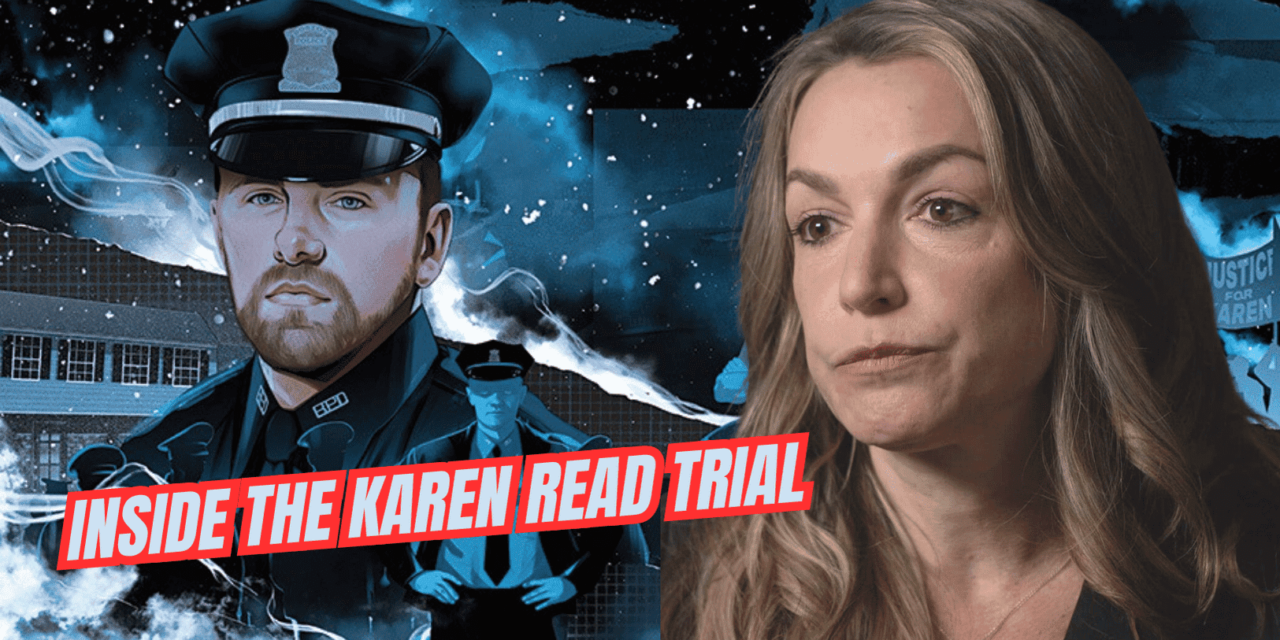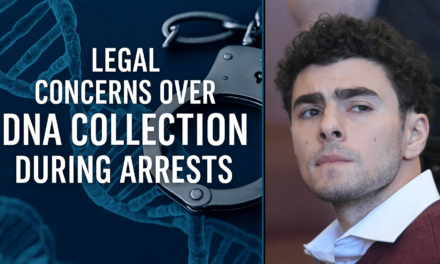Background: The Case of Karen Read & John O’Keefe
In January 2022, Boston police officer John O’Keefe was found dead outside a Canton home. His girlfriend, Karen Read, was accused of striking him with her SUV while intoxicated and leaving him to die. Read pleaded not guilty to murder, manslaughter, and leaving the scene.
First Trial: Hung Jury & Key Legal Issues
The first trial in April–July 2024 ended in a mistrial due to a hung jury, with jurors starkly divided on whether the vehicle was involved . This split reflected competing narratives:
-
Prosecution: Argued Read ran him over; cited taillight fragments, vehicle damage, and witness testimony.
-
Defense: Challenged forensic evidence, pointed to possible police misconduct, and presented an alternative theory that O’Keefe was killed inside the house.
Why the State Retried Her
Under U.S. law, a mistrial allows retrial without violating double jeopardy protections . Despite controversy, Massachusetts Supreme Judicial Court cleared the way for retrial, and Norfolk County DA Michael Morrissey pursued it to seek definitive resolution
Trial Two: What Changed & Why It Failed Again
The retrial resumed in April 2025. Notable shifts:
-
New Special Prosecutor Hank Brennan: Brought in due to alleged bias and investigative misconduct by MSP trooper Michael Proctor
-
Streamlined Evidence Presentation: Prosecution focused on vehicle mechanics, damage patterns, and timelines.
-
Defense Emphasis on Misconduct: Argued taillight was planted, vehicle impact inconsistent with injuries, and evidence supported an alternative theory.
Despite the prosecution’s testimony and expert analysis, the jury acquitted Read on murder and manslaughter but convicted her of OUI, sentencing her to one year probation.
Retrial Costs & Taxpayer Burden
While exact figures aren’t public, experts estimate a high-profile criminal retrial costs over $1M, including court time, expert witnesses, juror compensation, and prosecutor payroll. Norfolk County taxpayers bore this financial burden.
Prosecutorial Missteps: What Went Wrong?
-
Overreliance on Weak Forensics
Damage to SUV and taillight debris were conflicting—defense experts and medical examiners consistently challenged the claim that vehicle impact caused death. -
Inadequate Investigation
Trooper Proctor’s misconduct—including labeled evidence planting and inappropriate messaging—undermined credibility. -
Insufficient Alternative Theories
Unlike in the first trial, prosecutors were criticized for failing to address the defense’s covering of alternate scenarios and conspiracy claims head-on. -
Public & Media Pressure
The high-profile nature, aggressive media narratives, and fan-led intimidation strained courtroom control and may have influenced jury focus.
Legal Takeaways & Why This Matters
-
Hung Juries ≠ Case Closure: A mistrial doesn’t preclude retrial, and prosecutors may persist if they believe they can convince a new jury.
-
Forensics Are Double-Edged: When accident reconstruction or medical findings aren’t definitive, cases can fall apart.
-
Credibility Is Everything: Any hint of evidence mishandling or bias can shatter prosecutorial narratives.
-
Defense Strategy Is Critical: Karen Read’s team shined by combining expert rebuttals, conspiracy theory framing, and highlighting inconsistencies.
What This Means for You
If you or a loved one face criminal investigation—especially with complex forensic issues—here’s what matters:
-
Expert Forensic Analysis: Scrutinize every piece of physical and forensic evidence.
-
Investigatory Integrity: Watch for signs of bias, mishandling, or procedural shortcuts.
-
Strategic Defense Framing: Accentuate reasonable doubt and alternative narratives.
-
Budget Awareness: High-profile cases can drain public and private finances—prepare for legal cost scrutiny.
Conclusion
The Karen Read trials spotlight the high stakes of forensic complexity, prosecutorial strategy, and jury dynamics. Despite a hung jury and retrial, she was ultimately acquitted of murder, demonstrating how legal nuance can prevail over public narrative.





